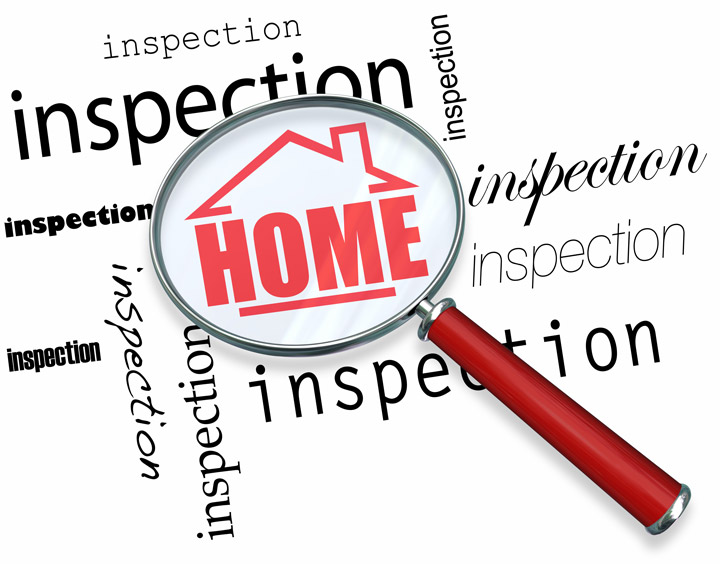
Real Property Appraisals: A PrimerBuying a home is the most significant investment some will ever make. It doesn't matter if where you raise your family, a second vacation home or a rental fixer upper, the purchase of real property is a complex transaction that requires multiple people working in concert to make it all happen. You're probably familiar with the parties taking part in the transaction. The real estate agent is the most familiar person in the exchange. Next, the bank provides the money required to fund the deal. The title company makes sure that all requirements of the exchange are completed and that the title is clear to transfer from the seller to the buyer. So, what party is responsible for making sure the value of the real estate is in line with the purchase price? In comes the appraiser. We provide an unbiased opinion of what a buyer might expect to pay — or a seller receive — for a parcel of real estate, where both buyer and seller are informed parties. A licensed, certified, professional appraiser from Karen L. Story will ensure, you as an interested party, are informed. The inspection is where an appraisal beginsOur first task at Karen L. Story is to inspect the property to determine its true status. We must see features hands on, such as the number of bedrooms and bathrooms, the location, living areas, etc, to ensure they indeed exist and are in the condition a typical person would expect them to be. To ensure the stated square footage has not been misrepresented and describe the layout of the property, the inspection often includes creating a sketch of the floorplan. Most importantly, the appraiser looks for any obvious features - or defects - that would have an impact on the value of the house. Back at the office, we use two or three approaches to determining the value of the property: a sales comparison, a replacement cost calculation, and an income approach when rental properties are prevalent. 
Replacement CostHere, the appraiser analyzes information on local building costs, the cost of labor and other elements to calculate how much it would cost to replace the property being appraised. This estimate often sets the maximum on what a property would sell for. The cost approach is also the least used method. 
Analyzing Comparable SalesAppraisers are intimately familiar with the neighborhoods in which they appraise. They innately understand the value of specific features to the residents of that area. Then, the appraiser looks up recent sales in close proximity to the subject and finds properties which are 'comparable' to the property in question. Using knowledge of the value of certain items such as fireplaces, room layout, appliance upgrades, additional bathrooms or bedrooms, or quality of construction, we add or subtract from each comparable's sales price so that they more accurately portray the features of subject property.
A valid estimate of what the subject could sell for can only be determined once all differences between the comps and the subject have been evaluated. When it comes to knowing the true value of features of homes in Mechanicsville and Hanover, Karen L. Story can't be beat. The sales comparison approach to value is most often awarded the most weight when an appraisal is for a real estate exchange. Valuation Using the Income ApproachA third way of valuing real estate is sometimes applied when a neighborhood has a reasonable number of renter occupied properties. In this case, the amount of income the real estate generates is factored in with other rents in the area for comparable properties to give an indicator of the current value. ReconciliationExamining the data from all approaches, the appraiser is then ready to stipulate an estimated market value for the property at hand. The estimate of value on the appraisal report is not always what's being paid for the property even though it is likely the best indication of a property's valuePrices can always be driven up or down by extenuating circumstances like the motivation or urgency of a seller or 'bidding wars'. But the appraised value is typically employed as a guideline for lenders who don't want to loan a buyer more money than the property is actually worth. The bottom line is, an appraiser from Karen L. Story will guarantee you attain the most fair and balanced property value, so you can make wise real estate decisions. |